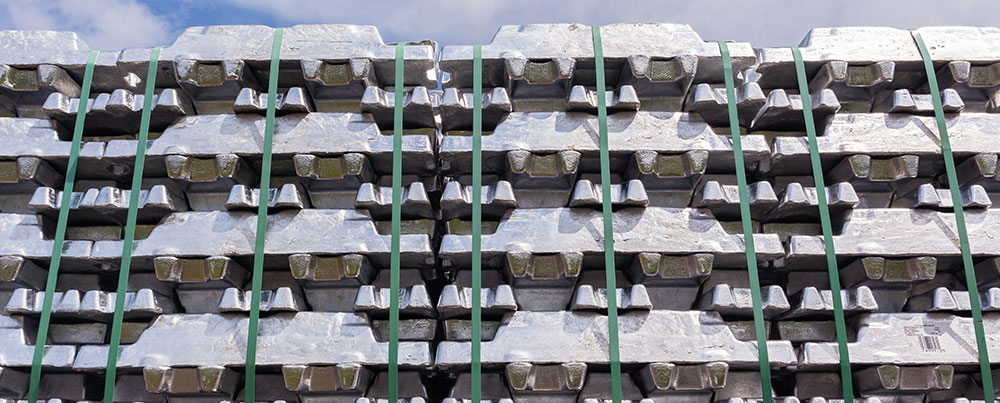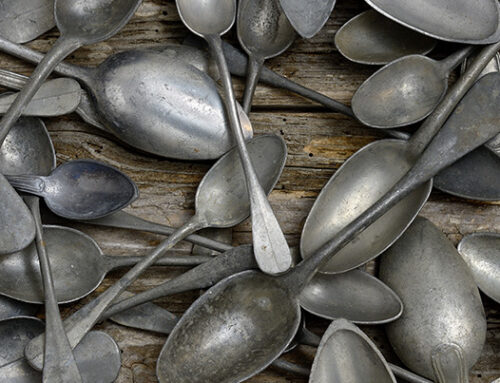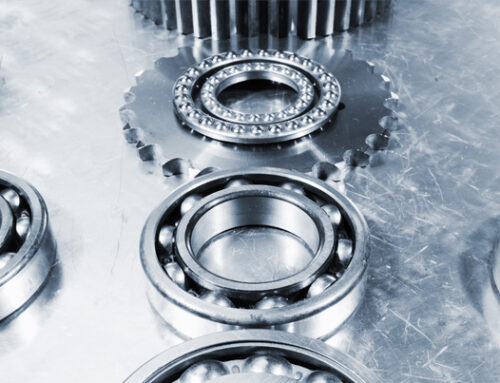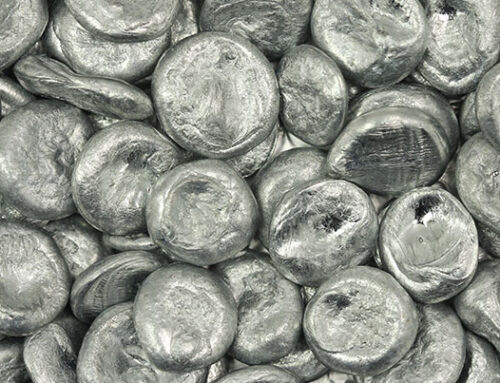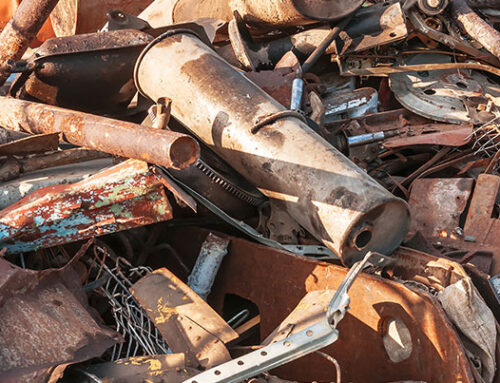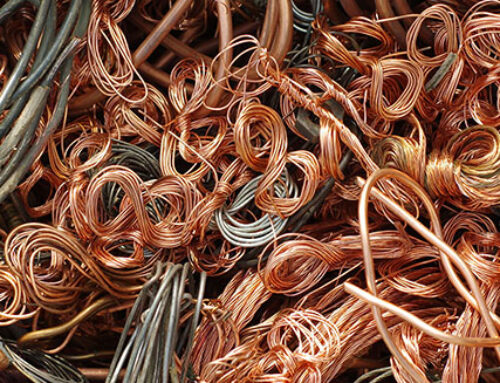If you’re a current scrapper or you’re interested in bringing some scrap to Encore, you’ve probably read or heard a good deal about the ways in which recycling scrap metal helps the environment and the economy. On top of this, you know how it can be lucrative to you directly. However, you may not know how all this works. Let’s take a closer look at what happens to raw scrap metal during the recycling process.
Where It All Starts
Scrap metal is created during manufacturing and construction processes (when some materials are wasted or impossible to use) or when a given machine or component has outlived its usefulness—when a machine breaks, for example. Scrap is also made during demolition.
Although the broken components and metals from demolished buildings may not seem like they have any use, they are full of almost infinite potential. Although they cannot be used in their current state, the metal itself that makes up these components can be reused over and over again.
Some people recycle this material because they want to do their part to help protect the planet. Some do it simply because they want to make money. Most have both of these goals in mind when they start scrapping. Whatever the motivation, though, scrapping old metal is a great thing both environmentally and economically.
After the Raw Scrap is Sold
When a scrapper brings metals in to Encore or similar recycling centers, the raw scrap is sorted, analyzed, and weighed to determine their value and the amount of material present. The customer is then paid accordingly and goes on their way.
However, this is only the beginning of a complex chain of events that keeps the environment and economy healthy. But how exactly does it work?
For a while, scrap yards like Encore will simply store the metals they have bought from their customers, until they have a large enough amount to sell (or when the market provides them with a great opportunity to do so). Almost all scrap metal transactions after the yard first buys raw scrap from the customer happen in bulk—which is itself better for the environment and economy because resources like fuel and labor are not wasted.
Once a scrap yard has enough metal, it’s time for the metal to be taken to a smelter or metals furnace. Most smelters and metals furnaces are independent operations that buy scrap from scrap yards. Some scrap yards own their own smelters. The transactions can vary, but the basic process is the same almost every time.
At the Furnace
When metal arrives at a smelter or a metals furnace, it is melted. The melting process allows metal to be molded into new shapes, and can also help smelters get rid of impurities or mix new alloys out of scrap.
The melted scrap is then poured into molds that make ingots, which are simply bars or bricks of solid metal. These ingots are sold to manufacturing companies, who use them to create metal products ranging from sheet metal to exhaust systems for space flight.
How This Helps the Environment and Economy
Although melting down the metal obviously has an environmental impact and costs the company money, the economic and environmental costs of recycling are significantly lower than those of mining. In some cases, recycling can be as high as eighteen times as efficient as mining new metal.
On top of these immediate benefits, recycling is also more sustainable. There is a finite amount of metals already in the earth, ready to be mined out. Recycled metals, on the other hand, can be reused almost infinitely.
The economic effects spread even beyond the recycling industry, too. Recycled ingots of a given metal are almost always cheaper than mined ones, because they are cheaper to produce—even though they are the same quality. This saves manufacturers money.
Because the manufacturer can then turn a profit without raising prices, this savings is often passed on to the consumer. This means that the benefits of recycling spread to anyone who buys or uses recyclable metal.

